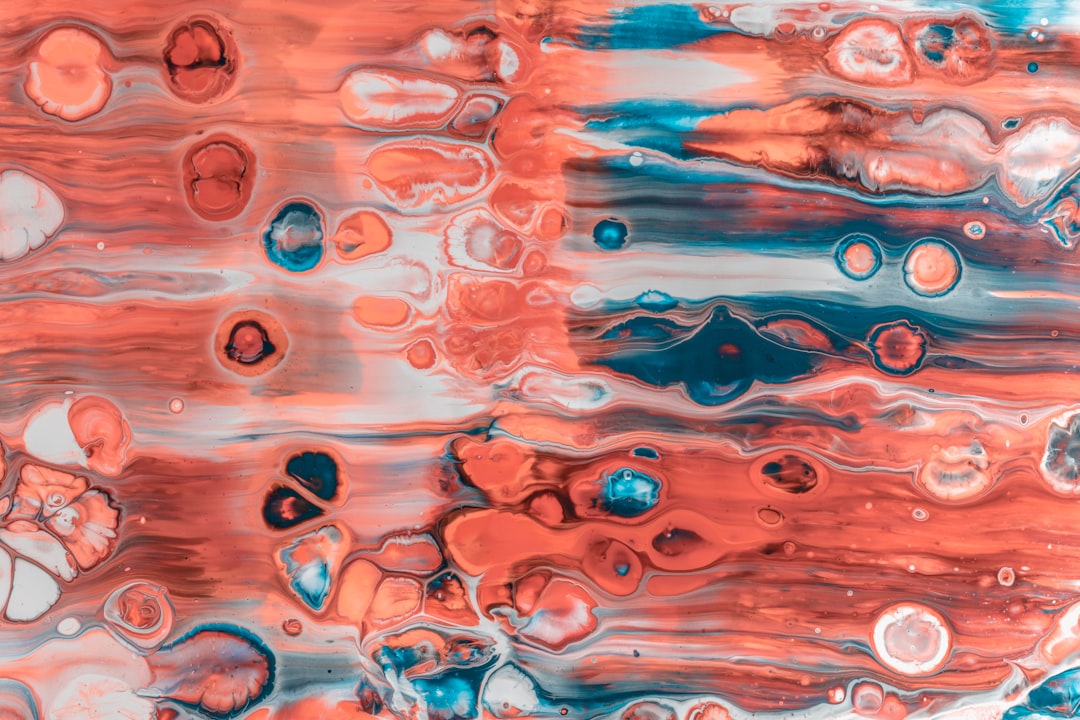What is it about?
2-Substituted 3-ethynylquinoxalines can be rapidly synthesized in generally excellent yields by a consecutive four-component synthesis starting from electron-rich π-nucleophiles, oxalyl chloride, terminal alkynes, and 1,2-diaminoarenes. The title compounds are highly fluorescent with a pronounced emission solvatochromism. The photophysical properties and electronic structure were additionally corroborated by computations on the DFT level of theory.
Featured Image
Why is it important?
The Cu-catalyzed Castro coupling of terminal alkynes and in situ generated ynediones followed by cyclocondensation with ortho-phenylene diamines provides an efficient diversity-oriented access to highly emission solvatochromic quinoxalines.
Read the Original
This page is a summary of: Solvatochromic Fluorescent 2-Substituted 3-Ethynyl Quinoxalines: Four-Component Synthesis, Photophysical Properties, and Electronic Structure, The Journal of Organic Chemistry, April 2014, American Chemical Society (ACS),
DOI: 10.1021/jo4025978.
You can read the full text:
Contributors
The following have contributed to this page










